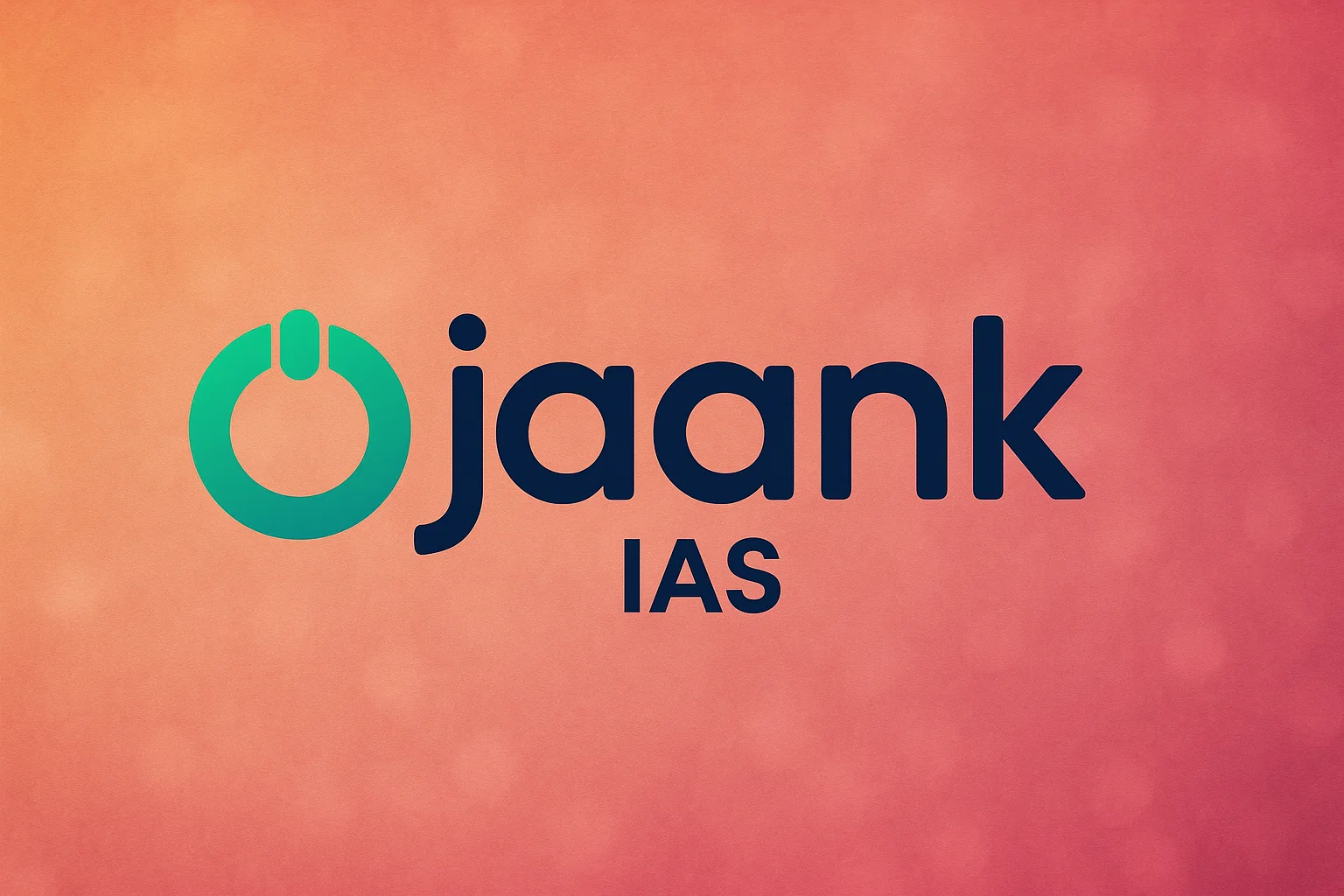The BJP vs. The Rest: Analyzing the Strategic Alliances in India Political Landscape

The steadfast reliance of the Congress party on the age-old Mandalist doctrines has precipitated a series of impediments for the India alliance.
In the contemporary political landscape of India, a significant shift is palpable, marking the advent of a phase predominantly influenced by the Bharatiya Janata Party (BJP). In stark contrast to its political adversaries, the BJP boasts the capability to engage in formidable competition across the vast majority of Indian states. Despite the widespread presence of the Congress party, it finds itself in a quagmire of vulnerability, attributed to its pronounced weaknesses in various regions. The party strategy to surmount this predicament involves forging alliances at the state level, a move that particularly benefits
regional entities struggling to individually counter the BJP dominance. Nonetheless, the India bloc—comprising Congress, regional factions, and the Left—represents a coalition formed on selective principles, primarily to foster a unified front against the BJP. This coalition is notably prevalent in certain western states (e.g., Maharashtra) and the Hindi heartland (Uttar Pradesh, Bihar), regions where the political involvement of Congress and regional parties has been longstanding and where the BJP victory margin in the 2019 general elections neared 90%.
In Bihar, the India bloc is envisioned to showcase a tenacious performance—the Rashtriya Janata Dal (RJD) emerges as the paramount party in the legislative assembly, both in terms of seat count and vote share. The grand alliance of RJD, Congress, and the Left nearly succeeded in overturning the BJP-Janata Dal (United) coalition in the 2020 assembly elections. However, the perpetual endeavors of Bihar Chief Minister, Nitish Kumar, to oscillate between alliances signifies that the grand alliance may not fully capitalize on the support garnered by the JD(U) among the non-Yadav Other and Extremely Backward
Classes. Yet, the RJD has demonstrated resilience, and alongside the Congress and the Left, has invigorated the anti-BJP rhetoric on an ideological front. The Congress, by advocating for a caste census, has gravitated closer to the Mandalist parties, whereas the Left continues to be a formidable political force, thanks to its grassroots base among the impoverished demographics.
In a manner akin to alliances in states like Tamil Nadu, the ideological congruence and the amalgamation of social bases in Bihar have laid a foundation for the India bloc. Nevertheless, the characteristics of the alliance members and their recent trajectories have led to complexities in seat allocation. The induction of the contentious ex-MP Pappu Yadav and his party, despite their criminal allegations, contradicts the Congress stance against the criminalization of politics. The Mandalist parties relative decline,
juxtaposed with the BJP ascent, necessitates a radical shift in their ideological bearings, moving beyond the reliance on strongman tactics and parochial identity politics. Although Congress has commendably narrowed the gap with the RJD, pivoting towards social justice, it must eschew replicating the facets of traditional Mandalist politics, which have historically accorded precedence to caste identity as a political cornerstone.